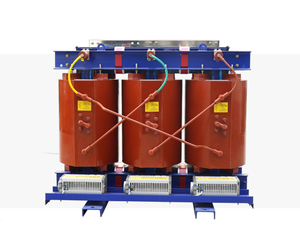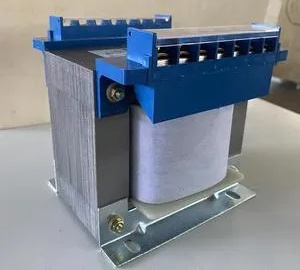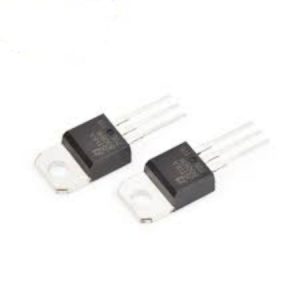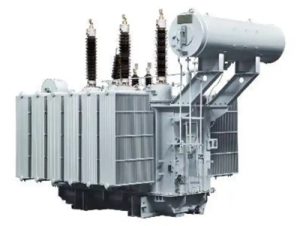Electronic Components Supplier | Transformers, Inductors, Inverters
Transformers are the silent, unseen giants of our electrical grid. They work constantly to make modern life possible. However, not all transformers are the same. Understanding the different types of transformer is key to understanding how electricity travels from power plants to our homes. This guide will explain the two most fundamental categories: Power Transformers and Distribution Transformers. We will explore their unique roles, differences, and why choosing the right one matters.

Power Transformer
1. What is a Power Transformer?
Think of a Power Transformer as the long-haul trucker of the electrical world. Its main job is to transport huge amounts of electricity over very long distances. You will find them at generating stations and major transmission substations. They handle the highest voltage levels in the power system.
1.1 Key Characteristics and Operation
First, Power Transformer are designed for maximum efficiency at high loads. They typically operate close to their full capacity. Second, they deal with extremely high voltages, often ranging from 138 kV to 765 kV or even higher. Because of this, they generate significant heat. Therefore, they are almost always oil-immersed transformer, using oil for both cooling and insulation.
1.2 Primary Applications
- Generating Stations: They step up the voltage produced by the generator. This reduces energy loss during transmission.
- Transmission Substations: They transfer power between different high-voltage transmission lines, often stepping the voltage down to a lower transmission level.
2. What is a Distribution Transformer?
If a Power Transformer is the long-haul trucker, the Distribution Transformer is the local delivery van. It performs the final step in the power delivery chain. Its role is to take the lower transmission voltage and reduce it to the level used by homes and businesses, like 240/120 volts.
2.1 Key Characteristics and Operation
Distribution Transformer are optimized for efficiency at lower, fluctuating loads. They do not always run at full capacity. They operate at much lower voltages, typically under 33 kV. You can find them on utility poles (pole-mounted), on concrete pads (pad-mounted), or in building basements.
2.2 Primary Applications
- Residential Areas: Providing power to neighborhoods.
- Commercial Centers: Supplying electricity to malls, offices, and hospitals.
- Industrial Plants: Powering machinery at safe, usable voltages.

Types of Transformer
3. Power Transformer vs. Distribution Transformer: A Clear Comparison
Knowing the difference is crucial for anyone in the electrical or construction industry.
3.1 Function and Location in the Grid
- Power Transformer: Used in transmission networks. Handles high-voltage transfer between stations.
- Distribution Transformer: Used in distribution networks. Handles the final voltage transformation for end-users.
3.2 Size and Efficiency
- Power Transformer: Very large and heavy. Designed for high efficiency at 100% load.
- Distribution Transformer: Smaller and more compact. Designed for high efficiency at 50-70% load, matching typical usage patterns.
3.3 Voltage Level and Cost
- Power Transformer: Manages voltages above 33 kV. It is a major capital investment.
- Distribution Transformer: Manages voltages below 33 kV. It is more affordable and widely deployed.
In summary, both Power and Distribution Transformer are vital links in the electricity supply chain. They perform distinct but complementary jobs. The Power Transformer manages the bulk, high-voltage journey. The Distribution Transformer handles the final, local delivery. Choosing the correct type ensures a reliable, efficient, and safe electrical system.
Luoyang Datang Energy Technology Co., Ltd. is a high-tech enterprise integrating R&D, manufacturing and supply of power equipment such as transformers, new energy components, distribution cabinets and inverters. With technological innovation as the core, we focus on creating high-reliability and high-performance power solutions to serve global customers. With a strict quality control system and international standard certification, we continue to output excellent products and enable customers to build safe and stable power systems.







